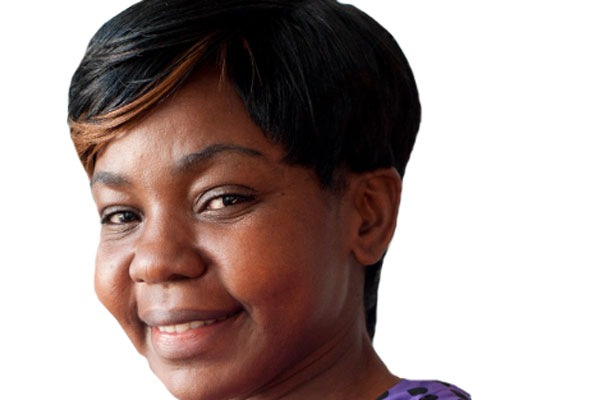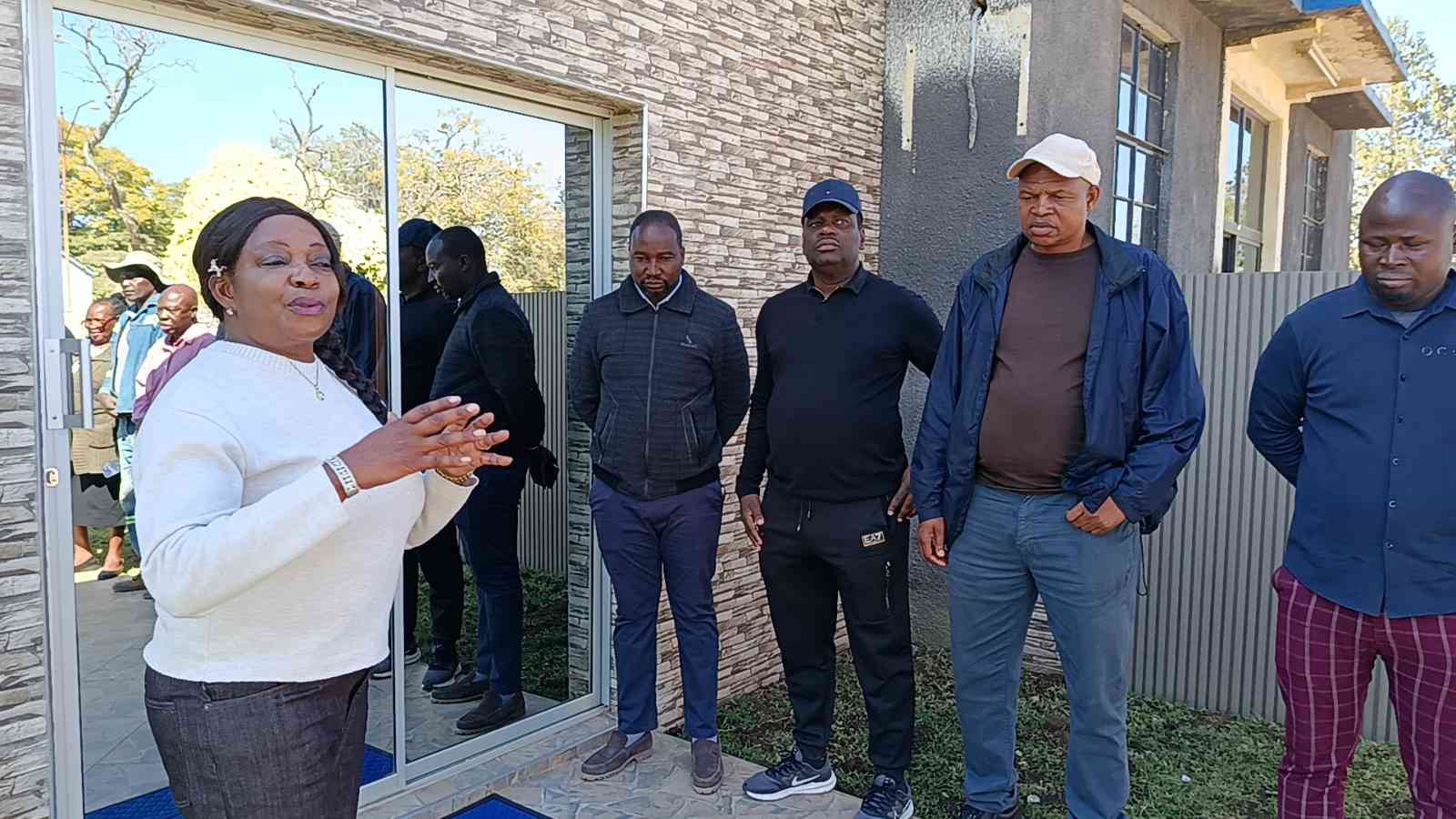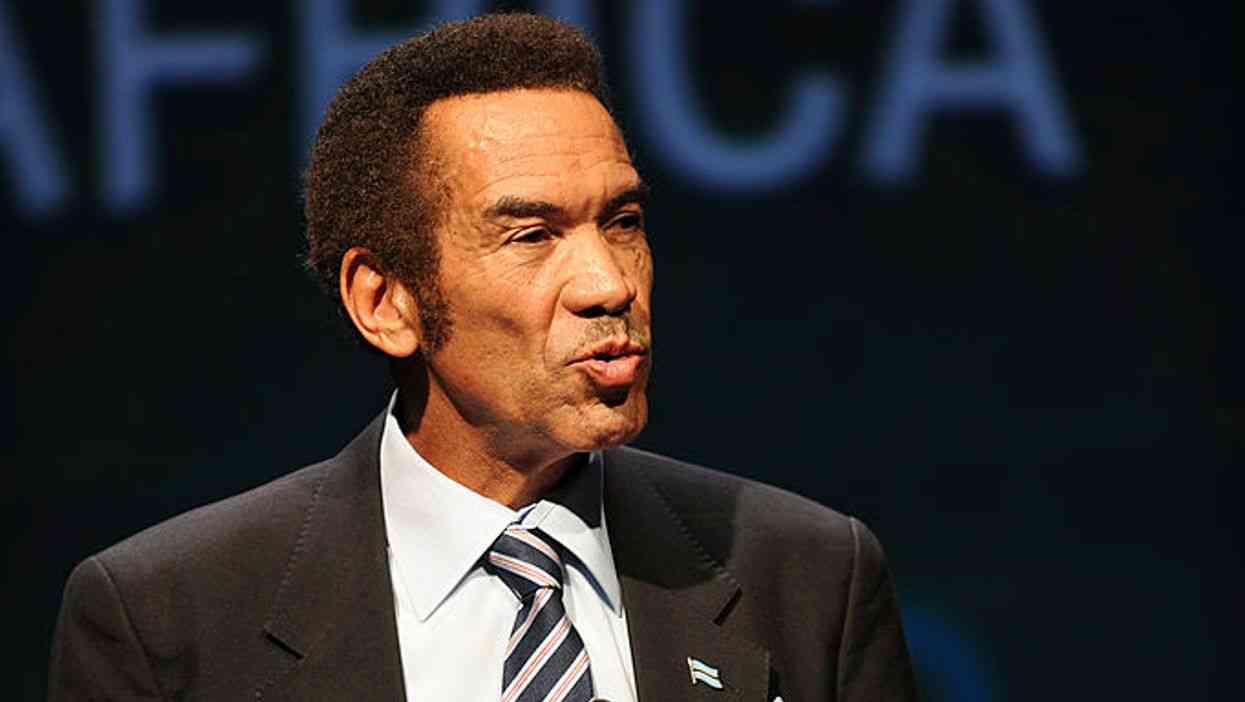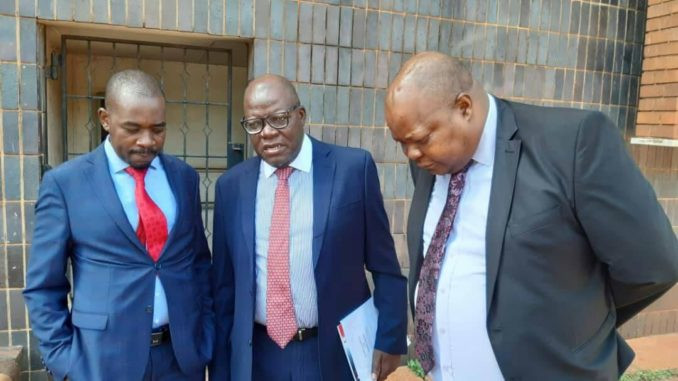
bY PHYLLIS MBANJE
Virtually all Zimbabwe’s cities and towns are struggling to provide residents with potable water as most water reservoirs and other sources have run dry.
This has made life in the country’s urban areas extraordinarily hard given that the water shortages are compounded by critical power shortages and economic hardships.
Harare water woes have bred water vendors all over the capital where 20 litres of the precious liquid now sells like hot cake at $2 and the country’s second city of Bulawayo faces the same fate with the local authority having since resorted to water rationing.
Chitungwiza, Zimbabwe’s second most populous city is even more affected. The local authority has for several months now, failed to supply water to residents who have now resorted to the few communal boreholes and water vendors who have become a common sight in the town.
Latest reports from Masvingo say the city fathers have now taken to delivering the precious liquid in water bowsers. Residents in high-density areas of Mucheke, Rujeko and others now mill the streets in the hope of coming across water bowsers.
Gwanda town in Matabeleland South is in no better situation. Residential areas such as Spitzkop North Extension, Phakama, Senondo and Ultra are in the throes of debilitating water woes that have left the local authorities in sixes and sevens.
The Gwanda town council which has been agitating for city status has repeatedly faced water challenges because of the recurrent fights between the local authority and the Zimbabwe National Water Authority over control of the resource.
- Chamisa under fire over US$120K donation
- Mavhunga puts DeMbare into Chibuku quarterfinals
- Pension funds bet on Cabora Bassa oilfields
- Councils defy govt fire tender directive
Keep Reading
Meanwhile, the Midlands city of Gweru early this year sent out an SOS with reports at the time saying the city only had a few months’ supply of water left. This impacted a lot on industries which rely on a steady supply of water for their operations.
Although the local authority got a bit of reprieve in the form of a loan, it will take time to put into action measures that would end the water problems that have dogged the city for a long time.
East of the country, the small town of Chipinge had its entire water infrastructure damaged by cyclone Idai and now the town has a serious water issues with hotels recording low occupancy due to this problem.
Addressing journalists who had visited the town recently, Salani Chamunorwa from the district administrator’s office said the issue of water was of such magnitude that it would take time to rebuild the infrastructure.
The capital Harare, however, is at the top of the list for the most affected cities, largely because of the massive population that it must service with potable water.
What makes the provision of water more critical is the outbreak of diseases like cholera and typhoid which thrive in the absence of this precious liquid.
Lives have been lost because the city fathers failed to provide safe water for its residents. Harare water system is old and literally falling to pieces.
For most of the residents running water is now but just a mirage and women bear the brunt of this crisis.
Water shortages in the capital have seen most women and girls spending the larger part of their days at water points while some risk being mugged or raped as they must get up too early to secure a place in long queues of water that are now commonplace in Harare’s residential areas.
Modester Chikakai has been waking up around 4am every day since January to join a queue at the local borehole in Glen View. She is no longer concerned about her safety but worries more about getting water for her family.
“I used to raise my neighbour to accompany me since I am a single mother, but now I do not think about the risks,” she said.
Chikakai is not the only woman who is struggling to juggle between the water crisis and other household chores.
“The water crisis is actually worse in the medium to low density suburbs. Here in Mabelreign we get water for a few hours on Thursdays, but sometimes we go over a week without a drop coming out of the taps,” said Brenda Maramba who is a housemaid in Cotsworld Hills in Mabelreign.
“At times the local Methodist church allows us to get some water from their borehole but that is only when there is electricity which is another big problem that we face,” she said.
Their neighbourhood is one of the worst affected with some families going for months without water.
“People spend the day just walking and looking for water from good Samaritans that will allow them to fetch water from their own personal sources like boreholes or wells,” said Maramba.
Most of the open wells dug in the area do not have safe drinking water and many have been dug illegally.
Recently the Community Water Alliance Trust (CWAT) filed a Chamber application seeking an order to compel President Emmerson Mnangagwa and his government to urgently act and ensure the provision of potable water to Harare residents to avert a health crisis.
The group, like several other activist movements wants the president to declare the unavailability of water a state of disaster in the capital to enable resources to be channelled towards the water crisis.
CWAT argued that despite the water crisis, President Emmerson Mnangagwa had not exercised his powers to declare a state of disaster, which would allow for the intervention of central government and donor support to avert imminent disaster.
The group also said local and central government’s failure to supply potable water constituted a breach of residents’ rights enshrined in section 77 of the Constitution and indicated that the right to water was necessary for the enjoyment of other human rights such as the right to life, human dignity, health and food.
Matters came to a head a week ago when Harare city temporarily shut down Morton Jaffray Water Treatment Plant citing foreign currency shortages to purchase water treatment chemicals.
The City of Harare, however, has maintained that it will provide solutions and that residents should be patient and contribute meaningfully to discussions on ending the problem.
In an interview this week City of Harare spokesperson Michael Chideme said they had a raft of measures, including introducing mobile treatment plants that would use less chemicals.
“For immediate solutions we will carry out borehole drilling, provide water bowsers and most importantly conservation of available water. Water should be recycled; bath water can be used for the toilet as well. Using hosepipes is banned,” he said.
Independent engineers who responded to calls by the local authority to put forward their thoughts and work on finding a permanent solution have given their own ideas. One of these, the Zimbabwe Association of Consulting Engineers said there had been a lot of misleading information in the public domain, one of which was the claim over the city’s daily water needs.
“The 2012 national census gave the population of Harare, Chitungwiza, Epworth, Ruwa and Norton as 2 123 122. If Morton Jaffray works were delivering its full capacity of 614 million litres a day it would produce 190 litres per person per day.
The engineers said even if the population had doubled since 2012 there would still be 145 litres per person per day.
“Despite this, we know that large numbers of people have no water. For comparison Cape Town uses 581 mega litres per day. Bulawayo supplies all of its population and it is producing 150 mega litres per day. Bulawayo has 30% of Harare’s population and if it were the size of Harare it would need only 488ml daily,” they explained.
The engineers also disputed the claim that the water levels in Harare dams had reached alarming levels.
“This is not the case. Tabulated data published by Zinwa for July (the last available date on their web site) it would be seen that in July there was a significant amount of water still in the dams. Since abstraction has only been 300ml /day, there is still a lot of water,” they argued.
On the issue of Kunzvi and Musami dams the independent engineers said given the state of water losses in the system and the poor financial situations, no serious donor would consider funding these schemes.
“Kunzvi and Musami will not be viable until the management and financial problems in Harare are resolved with a time line of three years to implement after funding has been found. Kunzvi and Musami will not address the current water shortage,” they said.
Responding to suggestions that purchase of 14-5 000 litre bowsers would alleviate the problems, the engineers said these would only will be able to serve 11 200 people.
“They will be useful to provide water to a small area while a burst pipe is repaired. They will not make a difference to the overall situation.”
The association said the real issues to be addressed were financial and managerial.
“Monthly revenue as reported is said to be RTGS $15 million against RTGS$35 million in treatment costs. Production is only 300ml/day because there are no funds to purchase chemicals. Customers have not been billed since March.”
They said lack of income to run the system was the main cause of the inability to supply water. This, they said, would be achieved through fair billing of customers.
“Charging customers when they have not had water for 14 years will only generate resentment and reluctance to pay,” they said.
Another recommendation was for council to consider pre-paid metering for larger institutional, industrial and commercial customers.
“Pre-paid meters are very expensive and the cost cannot be justified for domestic customers.”
Among other suggestions were replacement of old pipes and addressing pollution of water sources by untreated sewage.
“There is no quick and innovative technical solution to Harare’s problems. Administrative and financial issues must be resolved to ensure that the system can at least cover its operation and maintenance costs,” the engineers concluded.
Chideme said the council listened to all voices and took progressive suggestions into its work plans. He said they would engage the engineers formally to make sure that their contribution is factored in.
“Council is not at war with its stakeholders, we remain open to criticism,” he said.










